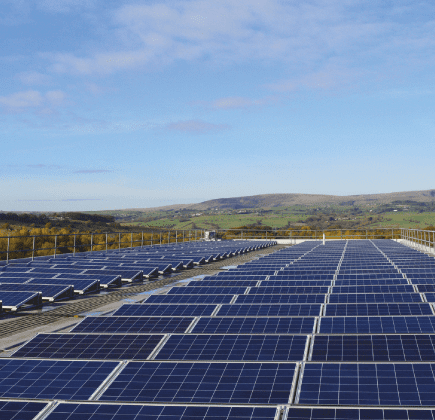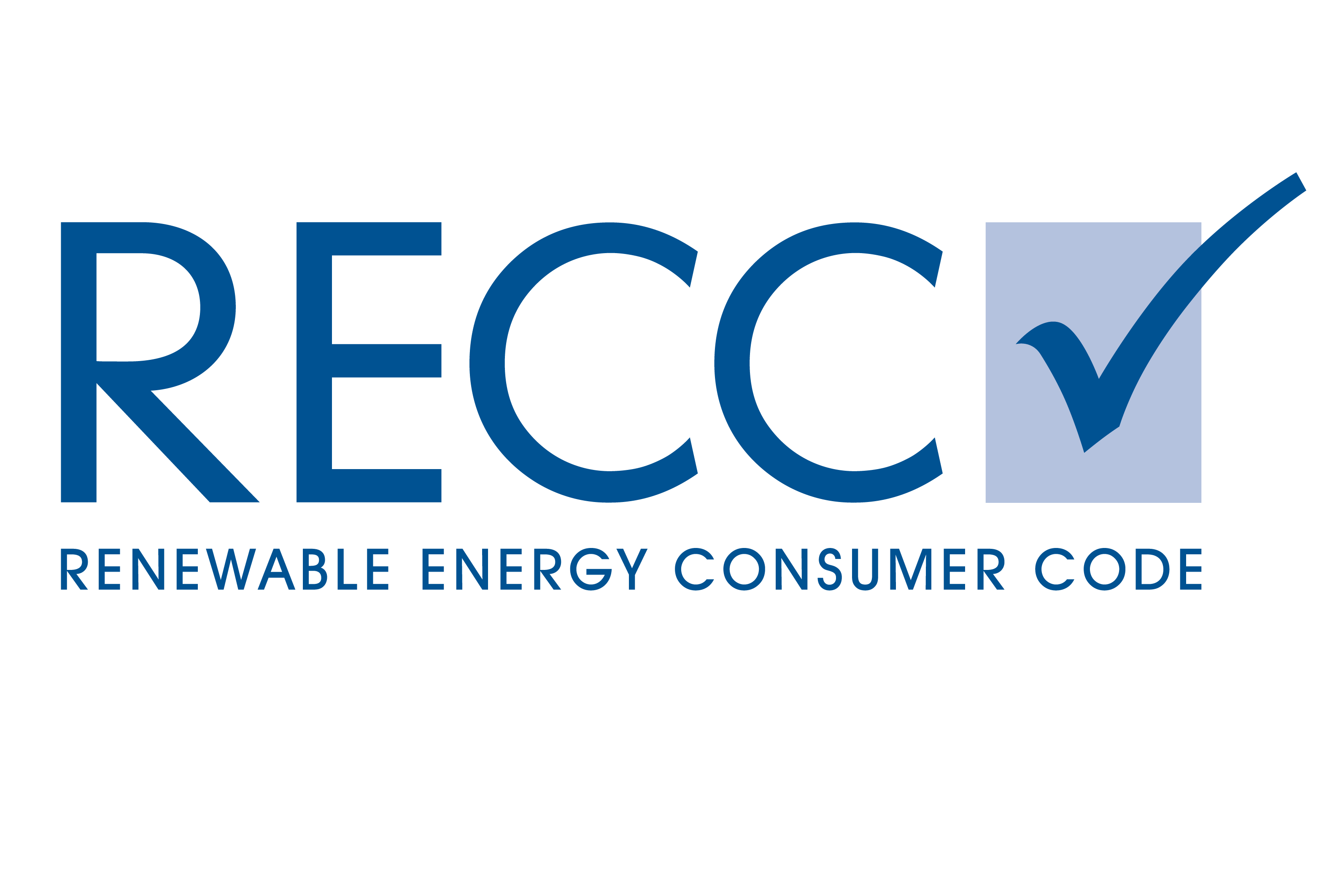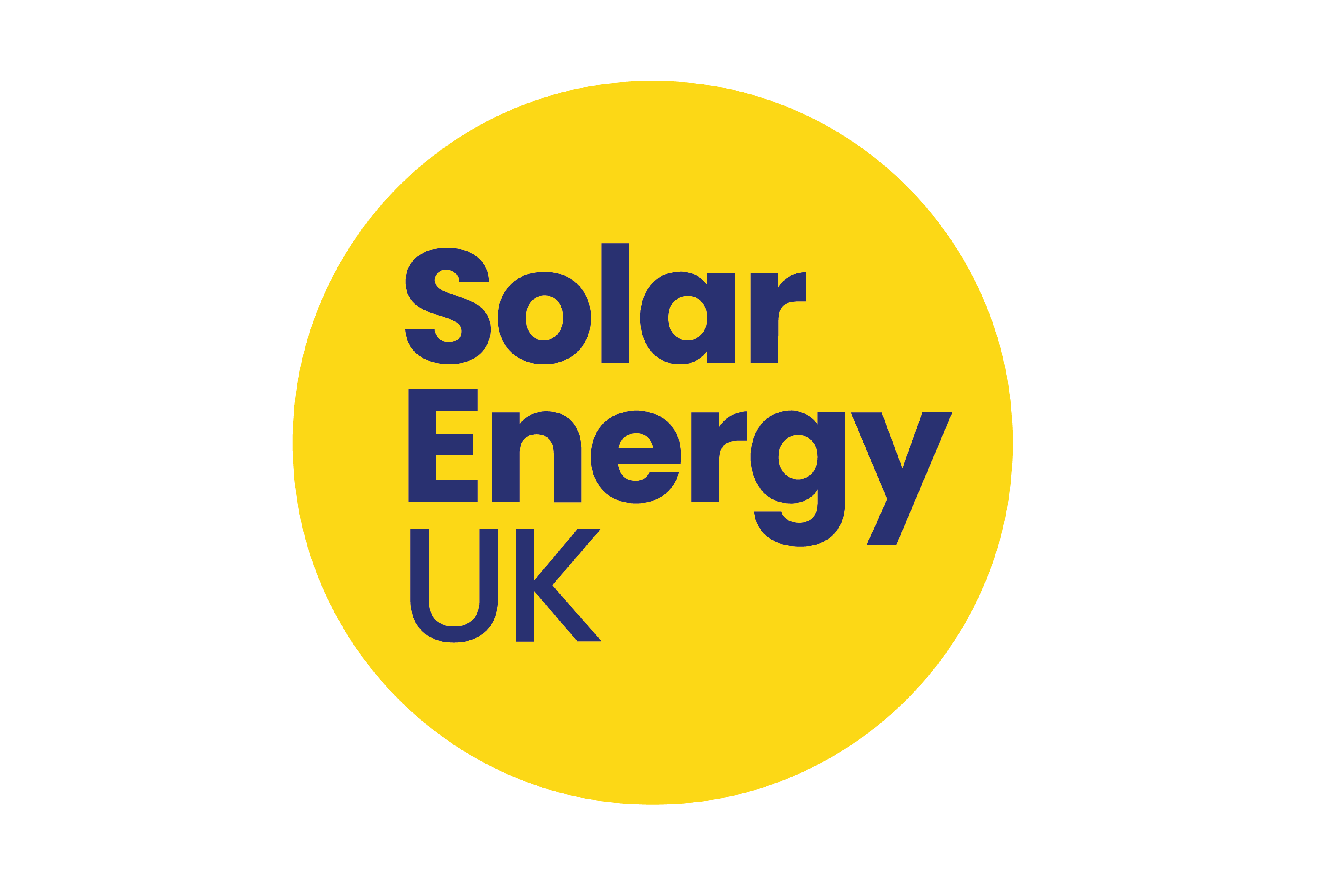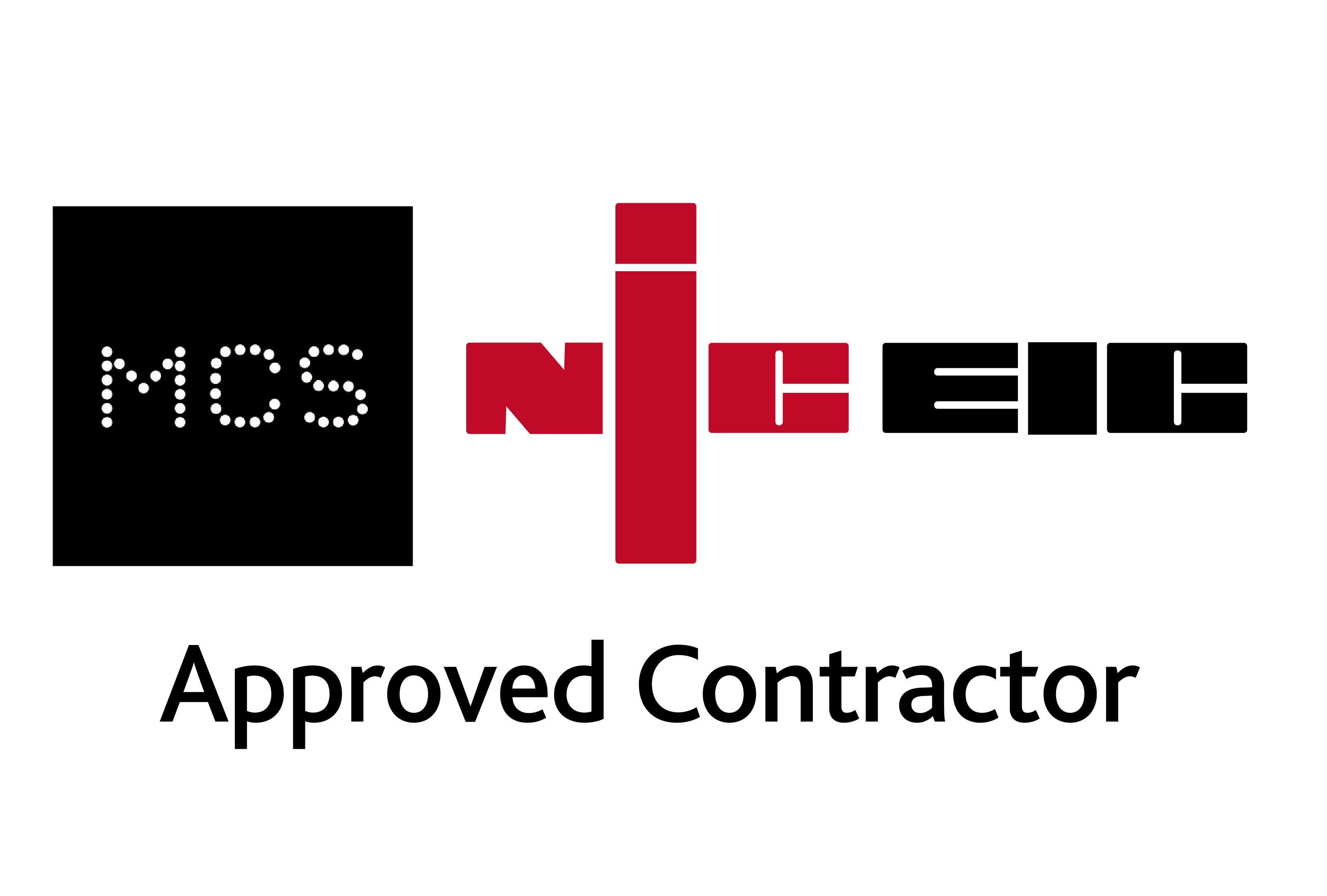
A Brief History Of Solar Power
The modern solar industry is the result of well over a century of scientific discovery, and many of the benefits from solar we enjoy today wouldn’t be possible without the work of these historic scientists. Though some were more active in the field than others, they each built upon each other’s work in a cumulative international effort that eventually became the solar industry we know and love today. In this week’s blog here at Low Carbon Energy, we’re taking a quick look at some of the men who made that possible.
Laying The Groundwork For The Solar Industry

The first man to realise the potential for solar energy was French scientist Alexandre Edmond Becquerel all the way back in 1839, who discovered that certain materials produced small amounts of electricity when exposed to light. Though he never had a chance to build upon this discovery, it was the basis for the work carried out by later scientists. One such man was British engineer Willoughby Smith (also winner of the year’s Most British Name competition), who found in 1873 that solid selenium was amongst the most reactive elements to light. Three years later, William Grylls Adams and Richard Day used this knowledge to conduct experiments that that resulted in the forerunners of the cells that would be used in modern solar panels. These early cells were far from efficient, but the discovery was the first step on a long road that would lead to solar producing energy for a variety of business energy services today.
Solar Power Gathers Momentum

It was midway through the twentieth century that things really began to take off. Jan Czochralski, a Polish scientist, worked out how to grow single-crystal silicon in 1918, which would prove invaluable in later scientific advances. In 1953, three scientists called Calvin Fuller, Gerald Pearson and Daryl Chapin invented and patented the very first solar cell, which produced enough electricity to run small electrical devices, stunning the world at large. Three years later, in 1956, the first solar cells became available commercially. (But at this stage, we’re still talking prices of $300 for a 1 watt solar cell – still way beyond the reach of the general public.) 1956 also saw solar cells being used in in toys and radios; the first examples of solar cells being available to (very rich) consumers.
The space race is credited as a major incentive for successive advances, as both the Russians and the Americans fought to be the first to conquer the stars. Between the late 1950s and early 1960s, satellites owned by both nations were being partially powered by solar cells. By the mid 1960s, efficiency ratings were nearing 10%. That may not sound like much, but remember solar is a technology that’s still less than ten years old by this point. It had still come a long way!
The Solar Industry Today

Between the 1970s and the 1990s, solar cells were being used in railroad crossings, oil rigs and desert regions. The oil embargo of 1973 didn’t hurt matters where growth of the industry was concerned, either. Fast forward to today, and we’re capable of some astounding feats when it comes to solar technology, including a miniature doctor’s clinic and a non-stop flight across the world, powered solely by solar energy. It’s no wonder that this amazing, limitless source of energy is being taken up across a whole range of sectors, from retail to leisure, schools to hospitals.
If you want to save on energy bills while reducing your carbon footprint, at Low Carbon Energy we’ve got the answers. Call us today on 08456 808963 and find out what solar energy can do for you.
Don’t forget to follow us on Twitter: @LowCarbonEnCo
 Energy Technology
Energy Technology

Powering your present. Preserving your future.
Call us on 01282 421 489

strategy be a priority?










